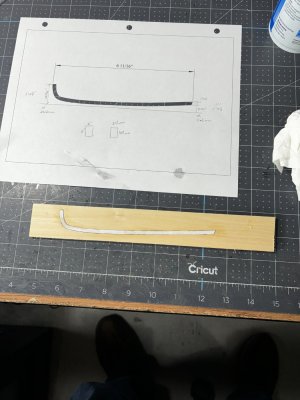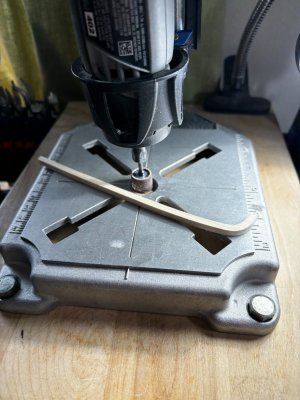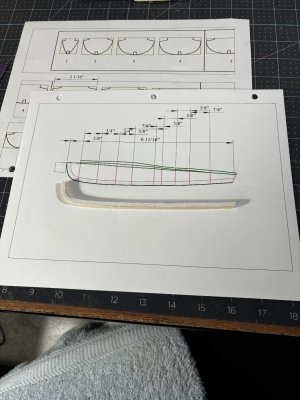Good after noon everyone. I'm back in this corner of SOS again this time presenting my build of a WWII B17-G bomber. My plan is to modify this kit to carry a 40' Higgins lifeboat hung underneath on the belly of this bird. Of the 12,371 B17's built only 130 were actually converted to lifeboat carriers where they would follow air sea battles in the pacific theatre and drop these boats via parachutes over downed US or allied planes. My father was a pilot in the 13th Army Air Corps of one of these planes which he and his crew flew out of a detach squadron located on Palawan Island in the Philippines. So, this build is a tribute to my dad and his service to our country as an Air/Sea rescue pilot. His time spent over there from late 1944 to 1945 when the war ended. I'll start by unpacking and show a spread of still in plastic bags parts. It has a 24" wingspan and 18" fuselage so its decent size at 1:48.
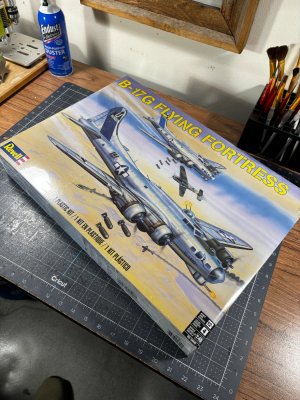
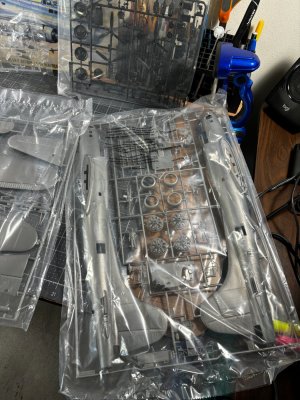
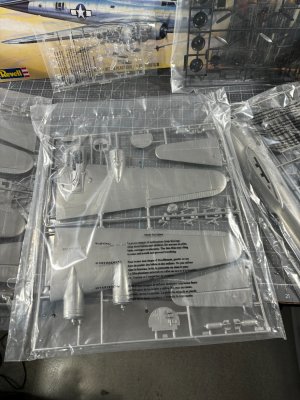
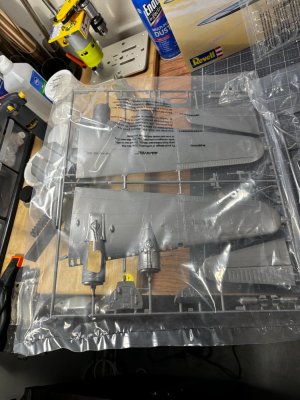
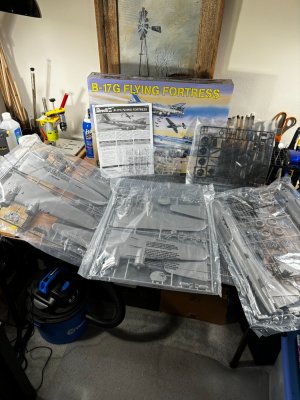
I found a few pictures of this plane on the web, as it may seem quite odd to some who have not heard of this modification. These pics are undoubtedly from the late 40's or early 50's. They stopped using B17's for this in the 50's.
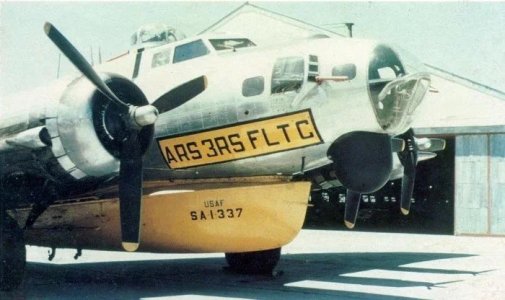
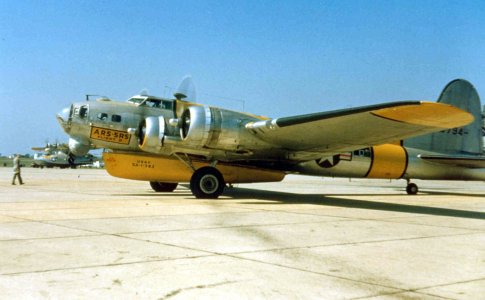
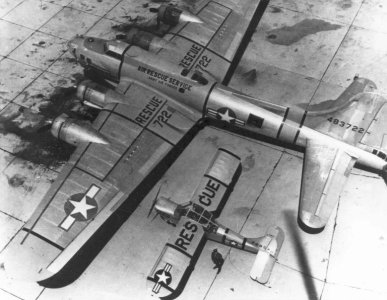
This next photo is kind of small, but you can see it in action.
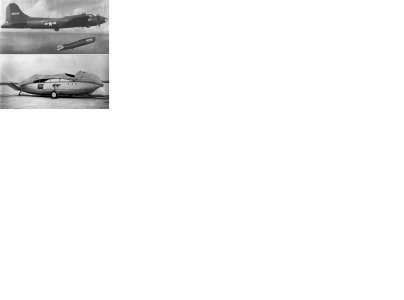
I found this photo of my dad in our family archives; he is standing on the nacelle third from the left.

In addition to modifying the paint scheme I also have to scratch up modified model A-1 Higgins boat. I hit the jackpot with a fella named Patrick who has a company called Warbird-Manuels, not cheap but very necessary. He had a copy of the Higgins A-1 repair manual which has all the data I needed to design on my CAD program a scaled bulkhead style boat. Check it out.
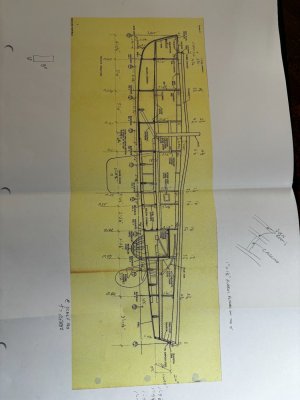
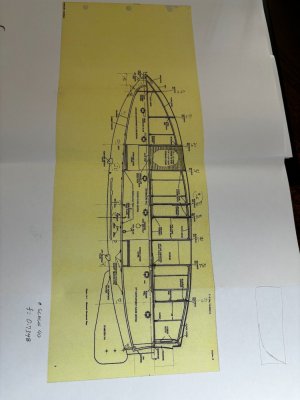
My 1:1 cut outs 9 bulkheads a transom and a keel to attach everything to.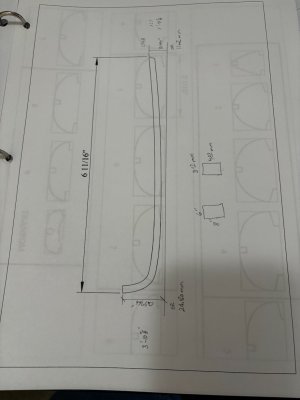
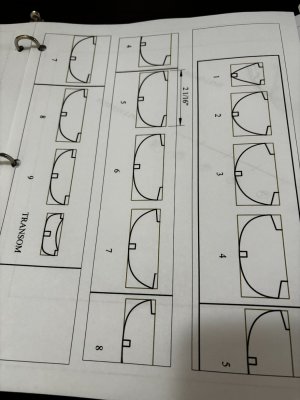
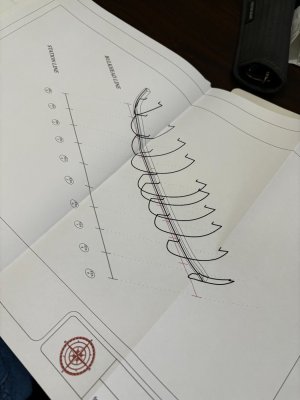
I will plank it with some obeeche then paint it bright yellow. I have to figure out a way to attach it to the plans belly.
I spent a hour or so brushing up on my airbrushing skills, hope I can pull this aspect of painting off. Anyway, here are the main parts dry fitted after spending a while on clean-up of the plastic nibs and such, still have a long way to go before I start painting.
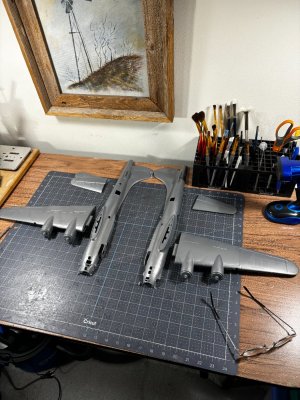
So, everyone welcome aboard, this time you don't have to lay on the wing like my Wright Flyer you can pull up a chair.





I found a few pictures of this plane on the web, as it may seem quite odd to some who have not heard of this modification. These pics are undoubtedly from the late 40's or early 50's. They stopped using B17's for this in the 50's.



This next photo is kind of small, but you can see it in action.

I found this photo of my dad in our family archives; he is standing on the nacelle third from the left.

In addition to modifying the paint scheme I also have to scratch up modified model A-1 Higgins boat. I hit the jackpot with a fella named Patrick who has a company called Warbird-Manuels, not cheap but very necessary. He had a copy of the Higgins A-1 repair manual which has all the data I needed to design on my CAD program a scaled bulkhead style boat. Check it out.


My 1:1 cut outs 9 bulkheads a transom and a keel to attach everything to.



I will plank it with some obeeche then paint it bright yellow. I have to figure out a way to attach it to the plans belly.
I spent a hour or so brushing up on my airbrushing skills, hope I can pull this aspect of painting off. Anyway, here are the main parts dry fitted after spending a while on clean-up of the plastic nibs and such, still have a long way to go before I start painting.

So, everyone welcome aboard, this time you don't have to lay on the wing like my Wright Flyer you can pull up a chair.
Last edited:






